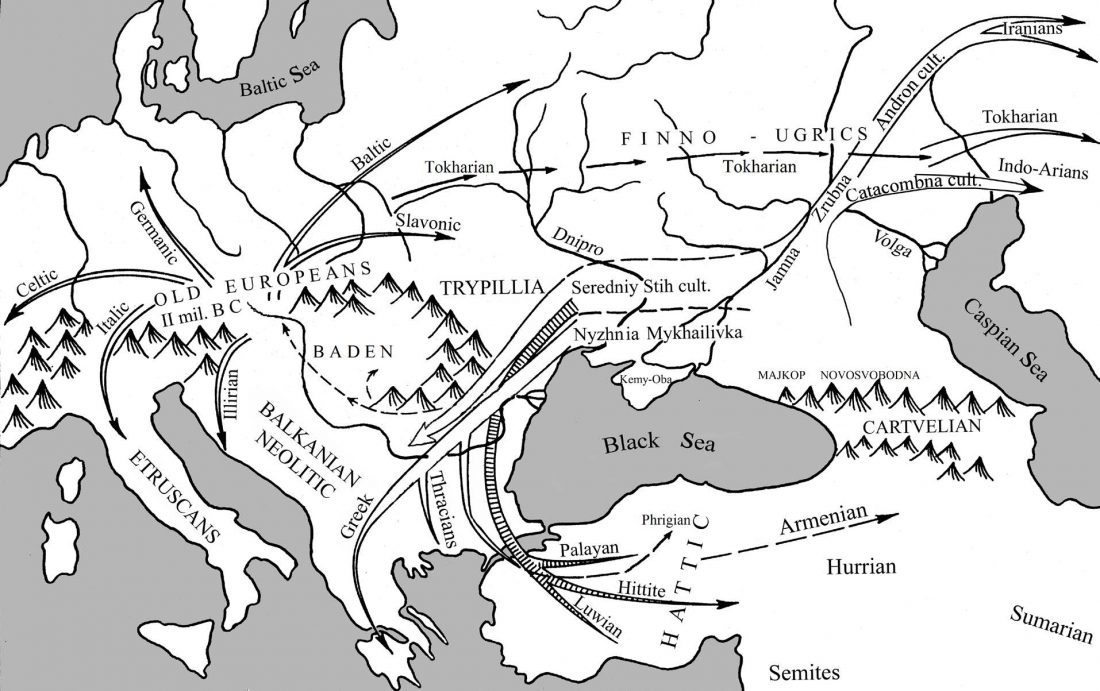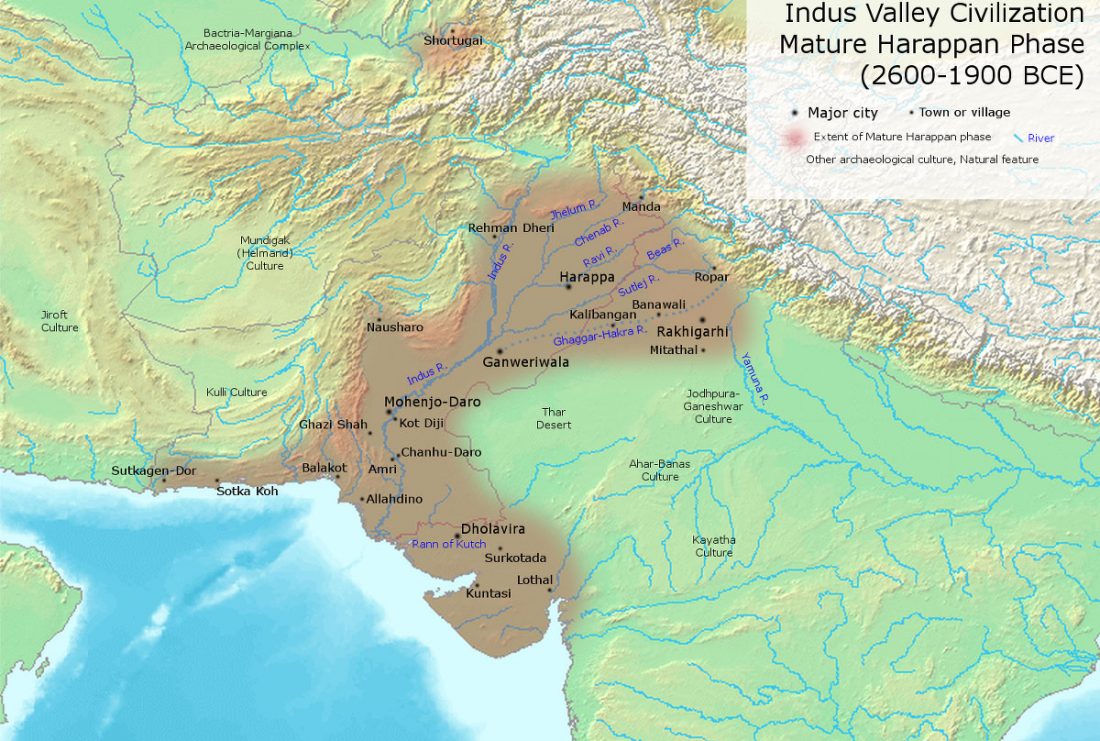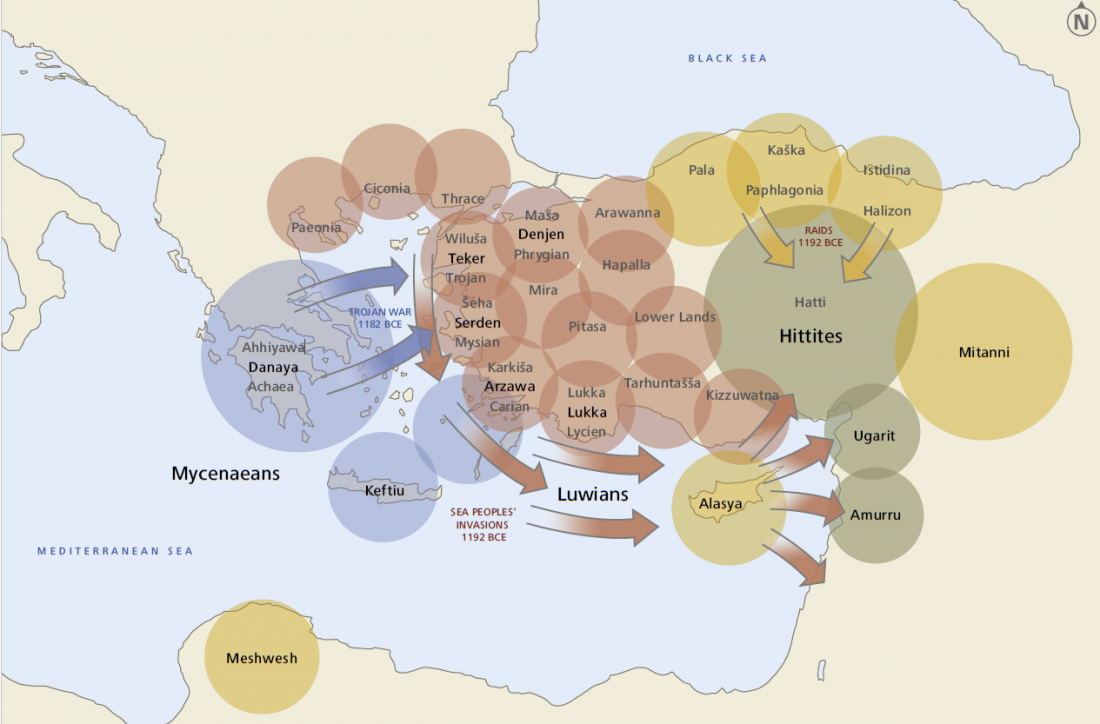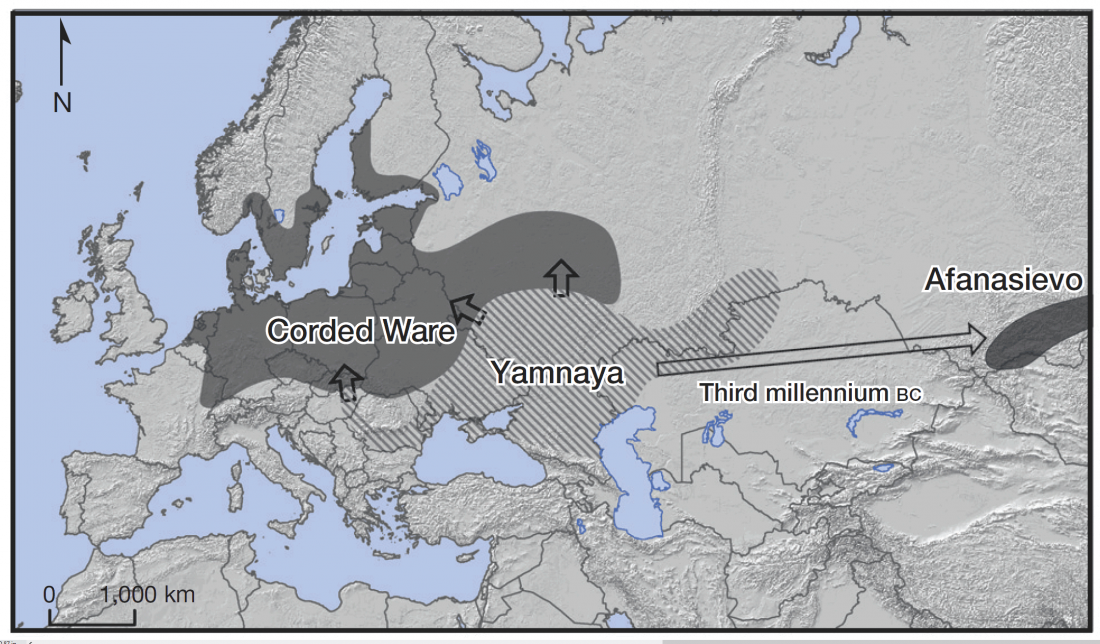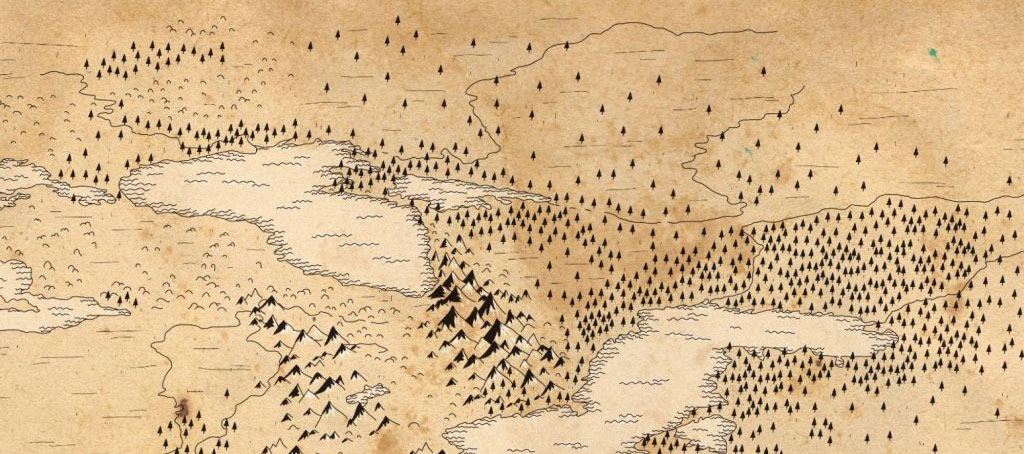Archaeological origins of Early Proto-Indo-European in the Baltic during the Mesolithic
New article by Leonid Zaliznyak, Mesolithic origins of the first Indo-European cultures in Europe according to the archaeological data (also available in Russian).
The article refers to the common Meso-Neolithic basis of Ukrainian ancient Indo-European cultures (Mariupol, Serednii Stih) and Central Europe (Funnel Beaker and Globular Amphorae cultures) of the fourth millennium BC. Archaeological materials show that the common cultural and genetic substrate of the earliest Indo-Europeans in Europe was forming from the sixth to the fourth millennia BC due to migration of the Western Baltic Mesolithic population to the east through Poland and Polissia to the Dnipro … Read the rest “Archaeological origins of Early Proto-Indo-European in the Baltic during the Mesolithic”
